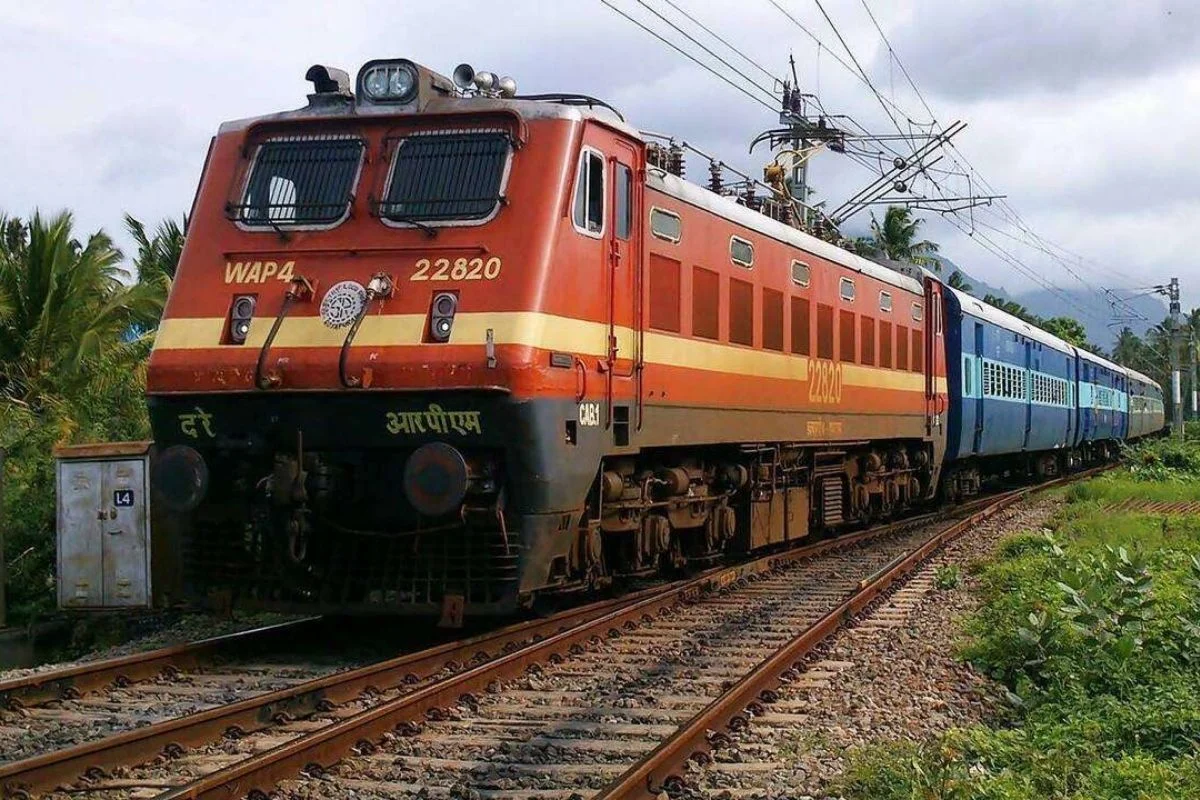
The Indian Government on Wednesday announced that it had approved the allocation of 5 MHz spectrum when it comes to the 700 MHz band to the Indian Railways, which will ensure public safety and security services at stations and within the trains.
In a statement by the government, it was mentioned that with the 700 MHz band spectrum, Indian Railways has planned on providing LTE. better known as Long Term Evolution based Mobile Train Radio Communication on the route. The estimated investment in the project is going to be more than Rs 25,000 Crore. The project will be completed in the next 5 years.
Furthermore, the government has mentioned that the LTE will provide and allow for secure and reliable voice, video, and data communication services that can ensure safety and security services perform at optimum levels. Additionally, the spectrum that will enable LTE will also be leveraged when it comes to modern signalling and train protection systems, as well as to properly provide seamless communication between loco pilots and guards.
What Does The Statement Mention?
This will also allow the railways to take a step further and enable the Internet of Things or IoT dependent remote monitoring of coaches, wagons, and locomotives coupled with the live video feed of CCTV cameras in the train coaches, as per the statement.
It further mentioned that the spectrum charges might be levied based on a formula basis as prescribed by the Department of Telecommunications for Royalty Charges and License Fee for captive use as recommended by the Telecom Regulatory Authority of India.
To add to this, the Indian Railways has also approved TCAS, better known as Train Collision Avoidance System, which is an indigenous system that has been developed in addition to ATP or Automatic Train Protection System, which will help prevent train collisions.
Tony Verghese, Partner of J Sagar Associates, commented that this decision of the government would contribute significantly to the modernization of the railway communication infrastructure and improving the safety of travel as well as the quality of signalling for operations.
The recommendations of TRAI in 2019 seems to have been accepted with the spectrum being allocated specifically for captive usage and not commercial use, with a royalty charge and license fee applicability payable to the Department of Telecommunications. Due to this, the Wi-Fi enhancement capabilities for end customers will not be a focus, for now, however the implementation of safer and faster journeys, resulting in increased revenues.”















